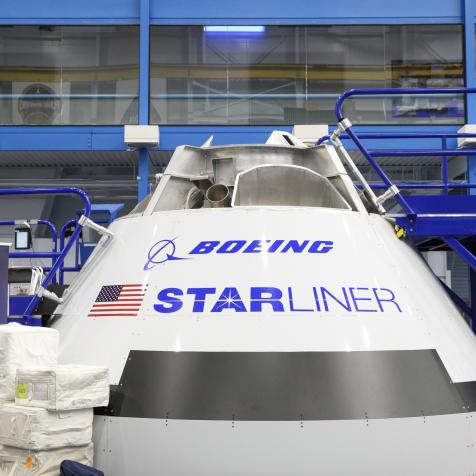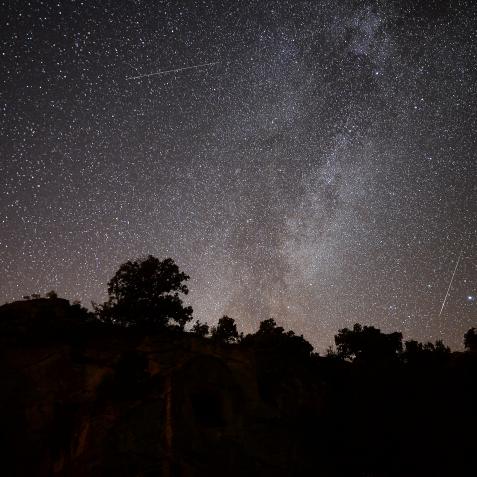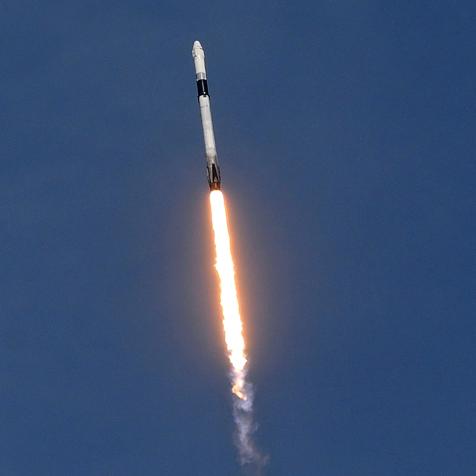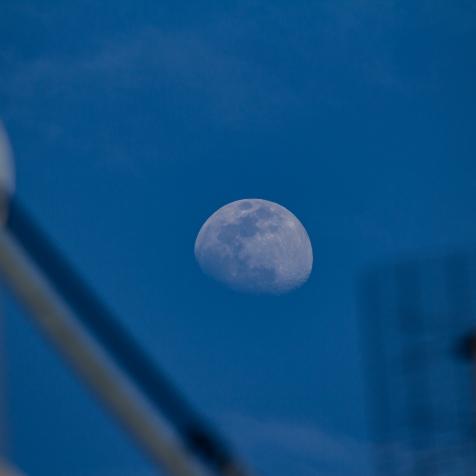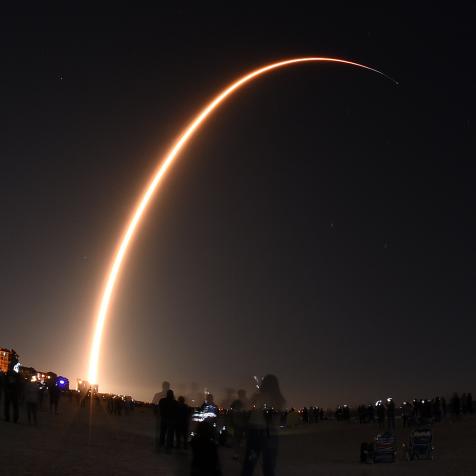
DNA's Building Blocks May Have Their Origins in Outer Space
One of life's building blocks could have originated in outer space. But if this experiment shows how these building blocks actually formed, how exactly did they get to Earth?
One of life's building blocks could have originated in outer space. Astronomers simulated the clouds of gas and dust that are strewn between stars out in the cosmos and found that their chemical reactions produced nucleobases: the building blocks of DNA. But if this experiment shows how these building blocks actually formed, how exactly did they get to Earth?
Where Did Life Begin?
We know that life is practically everywhere on Earth, from hydrothermal vents deep within the ocean to certain spacecraft clean rooms (you know, the ones that are supposed to be clear of bacteria). But how life became so prevalent on Earth is something that still stymies scientists. After all, if life is everywhere on Earth, shouldn't we see it easily on other planets or moons?
Some people suggest that maybe life was brought in from elsewhere — that comets or asteroids bearing life crashed into our planet, and that life spread. Others think that the chemistry of our own world had a particular mix of life-giving ingredients that somehow combined to become life. We don't know, so we study planets and moons all over the solar system to try to learn more. While we haven't found life anywhere but Earth, we continue the search with missions like NASA's Curiosity rover.
In particular, scientists are on the hunt for organic molecules. That's a class of molecules that can sometimes indicate life, depending on their composition. We've found organic molecules on Mars, for example, but we don't know yet if they came from life. To determine that, scientists need more sophisticated instruments that can search for aspects such as chirality, or the geometric shape of molecules, since some shapes are used more often by life than others. (Europe's forthcoming Rosalind Franklin rover may be able to achieve such a feat.)

Nucleotides! In! Space!
So this brings us to nucleotides, which are basic units of DNA. DNA is where human bodies (and other organisms) store their genetic material. It's because of DNA that parents can pass on traits like eye color and handedness to their children. Nucleotides are the things that link up to form the famous spiral ladder shape, or "double helix," in the DNA molecule.
For an article published in the journal Nature Communications, a group of Japanese scientists led by Yahuiro Oba found nucleotides after simulating an interstellar cloud using a vacuum chamber. The chamber simulates the conditions of space — namely, no air, cold temperatures, and a harsh radiation environment.
The group fed water, carbon monoxide, ammonia, and methanol into a substance that acted as an analog for cosmic dust and observed the results at an ultra-chilling minus 263 degrees Celsius (minus 441.4 degrees Fahrenheit) — just a little bit above absolute zero, or the coldest temperature possible.
Next, the scientists used deuterium discharge lamps to mimic the ultraviolet light that stars are regularly radiating out into interstellar clouds. That was designed to trigger the same kinds of chemical reactions you'd find in space. In the end, the reactions formed an icy film that coated the dust. Once they had warmed the dust to room temperature and analyzed its contents, scientists detected several types of nucleobases, as well as amino acids (the building blocks of proteins, another important ingredient for life.)
This mixture probably showed up in other experiments, but the scientists think this is the first time it was detected because they used more advanced tools than before.
"Our findings suggest that the processes we reproduced could lead to the formation of the molecular precursors of life," said Oba in a statement. "The results could improve our understanding of the early stages of chemical evolution in space."
This article first appeared on Curiosity.com.











